|
When I went on my epic road trip by train a couple of weeks ago, I ended my trip in Dresden to visit the Rüstkammer (click the link for short YouTube videos of the exhibition and an online catalogue of the pieces). Although my husband lived in Dresden for about a year, I wasn't into embroidery back then and thus never visited this museum. How times have changed! However, the museum houses the largest collection of Renaissance clothing in the world. And this clothing was often elaborately embroidered. Due to the foresight of the royal family of Saxony, the clothes were collected instead of worn up or placed in the graves. If you study Tudor embroidery, Elizabethan embroidery or 17th-century stumpwork embroidery, this is a collection you absolutely want to visit. And whilst there is no paper version of the museum catalogue, there is an online one (just click the link a little further up and scroll to the bottom of the page). Both the museum website and the captions in the museum are also available in English. As I fully understand that not everybody can travel to Germany, I am going to introduce you to some spectacularly embroidered pieces. Enjoy! Although there are very many beautifully embroidered pieces on display, the above mantle blew me away because of its sheer size and whimsical embroidery. It was made in 1611 for Johan Georg I of Saxony by Dresden embroiderer Hans Erich Friese. It was given to him by his mother Sophie of Brandenburg as a Christmas present. The embroidery on the cloak shows Dresden and the surrounding countryside. The cloak was part of a whole matching outfit and Johan Georg must have looked splendid wearing all those matching pieces. Here you see a close-up of the embroidered seam. On the left, there is a lady in a red dress milking a cow. In the middle, there is a herdsman and towards the left, there is a man in red with a couple of swift hunting dogs (Johan Georg was an avid hunter). There are all sorts of watercraft on the river Elbe. And on the opposite river bank, there are wild animals standing on the hillocks beneath the trees. As you can see, parts of the scenes are being repeated along the seam. Here we have another milkmaid on the right. The main scene consists of the bridge that connects the old part of town with the new part of town. The rectangular raft approaching the bridge has so much detail in it. And do you see the little red man with his fishing rod? I can just imagine how embroiderer Hans Erich Friese enjoyed himself and kept adding whimsical characters like these. There is so much to discover! The embroidery itself consists of many techniques which can be found on 17th-century embroidery from England (think caskets!). Many elements have some form of padding. And Hans Erich also cleverly incorporates the background silk to form the sky and the river. And I think that the canopies of the trees are made of over-twisted silk. As said, the embroidered blue cloak was part of an elaborate outfit. Hans Erich Friese must have embroidered for several years with a dedicated team of embroiderers in his Dresden workshop. And look at the gorgeous hat! There are even pink dolphins swimming in the river Elbe. Not sure the water was clean enough for these animals to enjoy a swim in the river in the 17th-century ...
Do click on the provided links as there are many more pictures online for you the explore. There are also matching trousers and a lovely hunting bag.
19 Comments
Darcy Walker
25/7/2022 14:24:27
Enjoy a restorative August. Love your blog.
Reply
Melody McMath
25/7/2022 14:33:49
I’m so sorry about the loss of your cat.😿
Reply
25/7/2022 16:07:39
Thank you, Melody! And you are very welcome.
Reply
Marina
25/7/2022 15:18:16
Dear Jessica, I'm so sorry to hear about Sammie - a Summer break will do you all good, I think. I wish you a rewarding rest and lots of creativity, and thank you for the links to the Rüstkammer. This would be a wonderful place to visit over a long week-end for us! Keep well and enjoy Summer!
Reply
25/7/2022 16:08:38
Thank you, Marina! Yes, the Rüstkammer is well worth a visit and within more or less easy reach for you. Enjoy!
Reply
Geneviève Borreux
25/7/2022 15:27:38
Dear Jessica,
Reply
25/7/2022 16:15:24
Thank you, Geneviève! Yes, the garments have been worn. According to the online catalogue, the mantle weighs 3180 gr, 2271 gr trousers, 1524 gr jacket, 420 gr hat, 236 gr belt and 236 gr bag. That's nearly 8 kilos! And does not include all undergarments, boots and jewels.
Reply
Miriam Kahn
25/7/2022 16:21:55
Thanks for sharing the amazing pictures of the cloak. It's hard to imagine stitching something that large and magnificent.
Reply
Ann Bernard
25/7/2022 16:29:48
It is always hard to part with a cat. they become so integrated with the family and daily life but also with ones soul. there is no good time for us, but what is right for them
Reply
25/7/2022 16:46:23
Thank you, Ann! And how amazing that you were able to visit this collection.
Reply
Rebecca
25/7/2022 16:38:38
Dear Jessica,
Reply
Beth McCasland
25/7/2022 17:51:22
Thank you for pointing out another museum to add to my "must visit someday list!" Meanwhile I will peruse the internet site.
Reply
25/7/2022 18:24:46
Thank you, Beth! Yes, this is a museum not to be missed.
Reply
27/7/2022 10:53:57
Thank you, Rachel! Just imagine your Mum requesting something like this 🤭
Reply
27/7/2022 20:32:45
Wow! Another fascinating post! I did follow the links and had to laugh at Wikipedia's assessment of John George:
Reply
Your comment will be posted after it is approved.
Leave a Reply. |
Want to keep up with my embroidery adventures? Sign up for my weekly Newsletter to get notified of new blogs, courses and workshops!
Liked my blog? Please consider making a donation or becoming a Patron so that I can keep up the good work and my blog ad-free!
Categories
All
Archives
July 2024
|
Contact: info(at)jessicagrimm.com
Copyright Dr Jessica M. Grimm - Mandlweg 3, 82488 Ettal, Deutschland - +49(0)8822 2782219 (Monday, Tuesday, Friday & Saturday 9.00-17.00 CET)
Impressum - Legal Notice - Datenschutzerklärung - Privacy Policy - Webshop ABG - Widerrufsrecht - Disclaimer
Copyright Dr Jessica M. Grimm - Mandlweg 3, 82488 Ettal, Deutschland - +49(0)8822 2782219 (Monday, Tuesday, Friday & Saturday 9.00-17.00 CET)
Impressum - Legal Notice - Datenschutzerklärung - Privacy Policy - Webshop ABG - Widerrufsrecht - Disclaimer

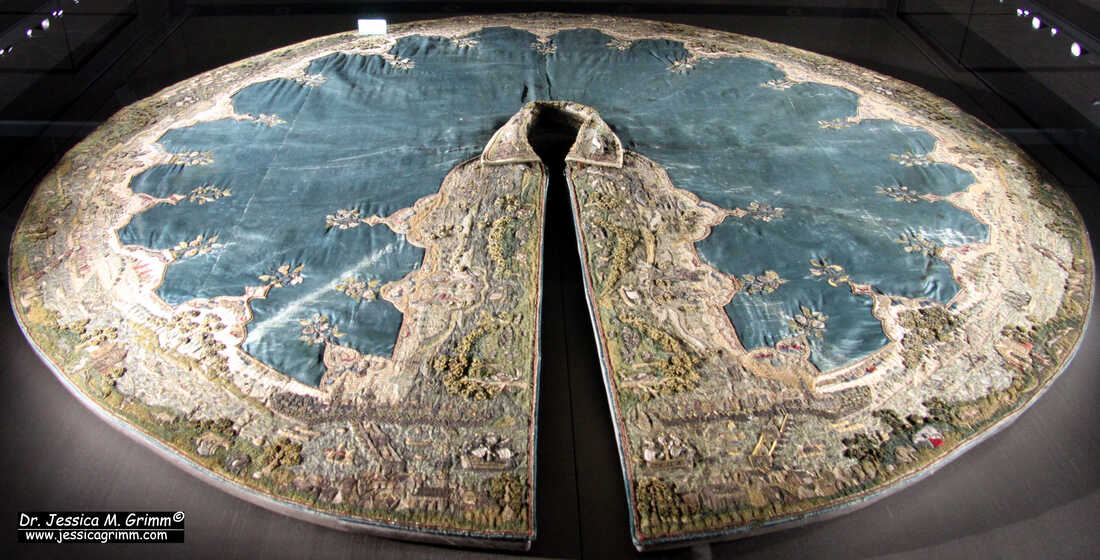
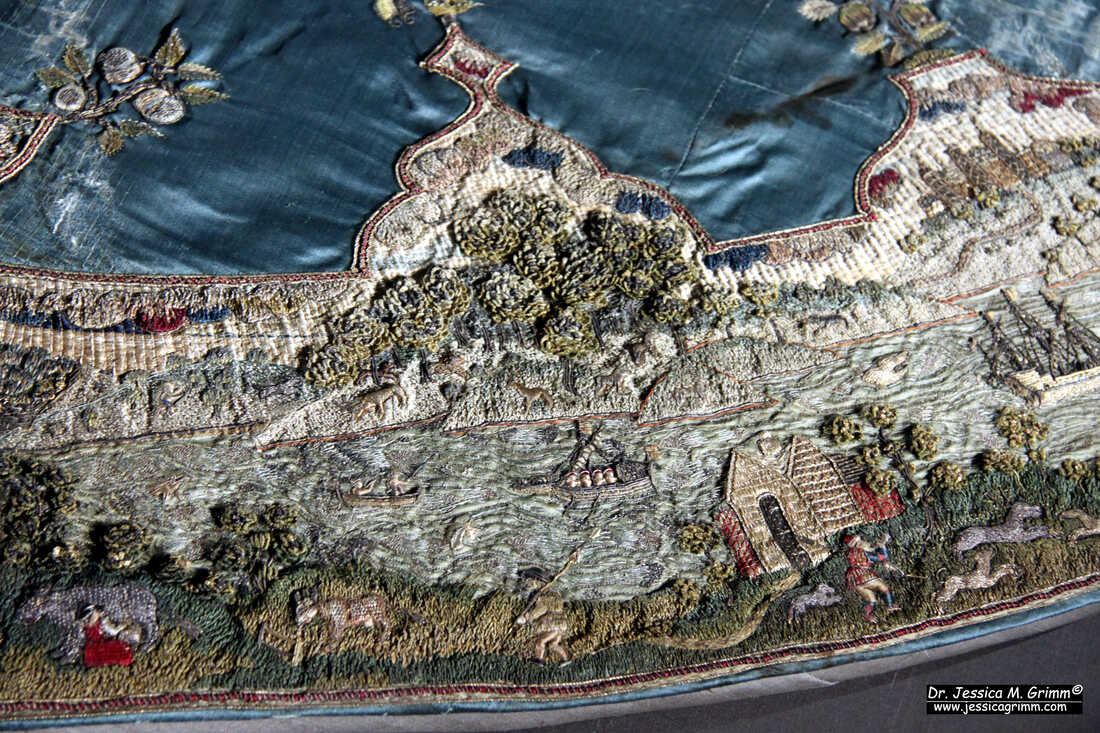
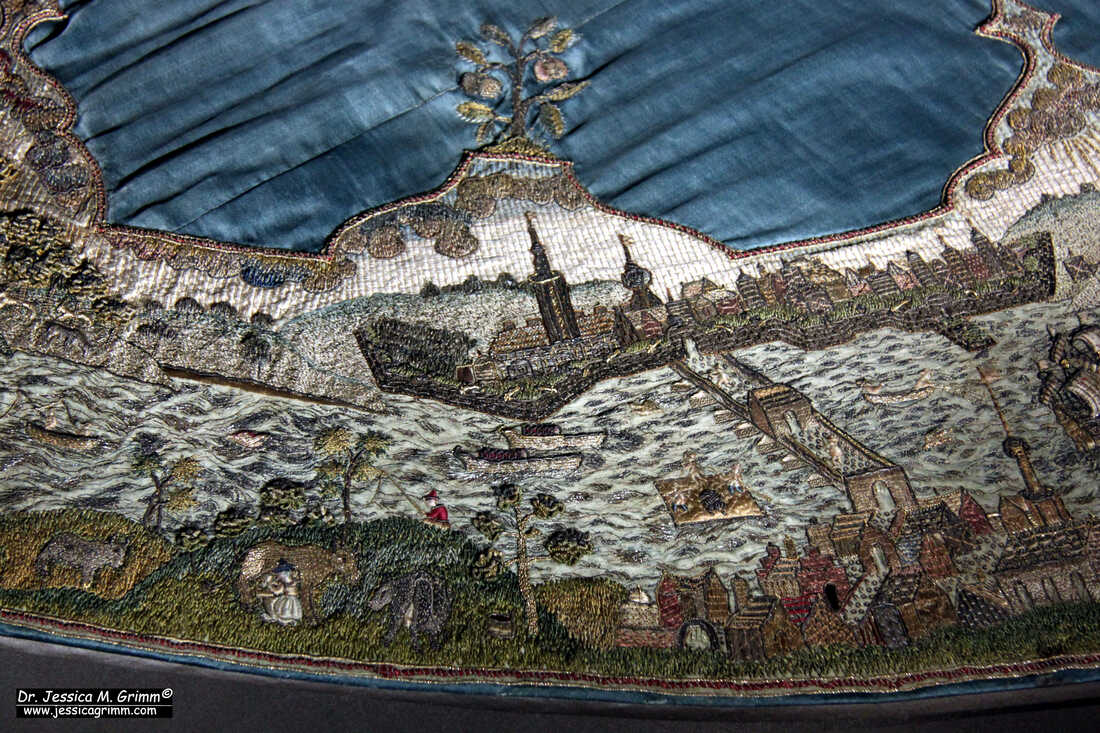
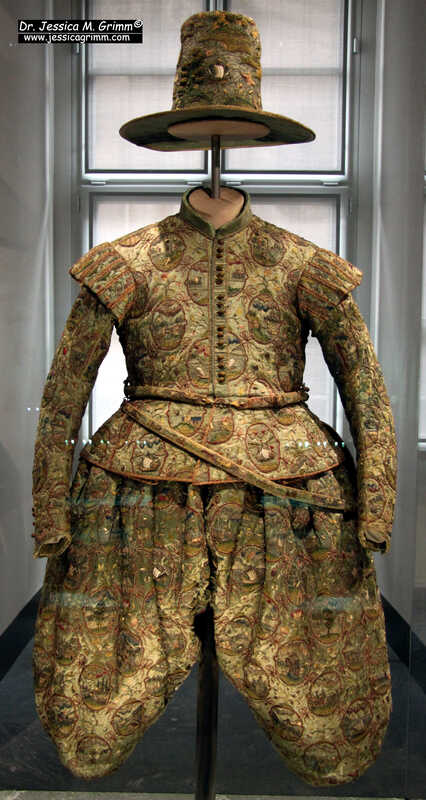
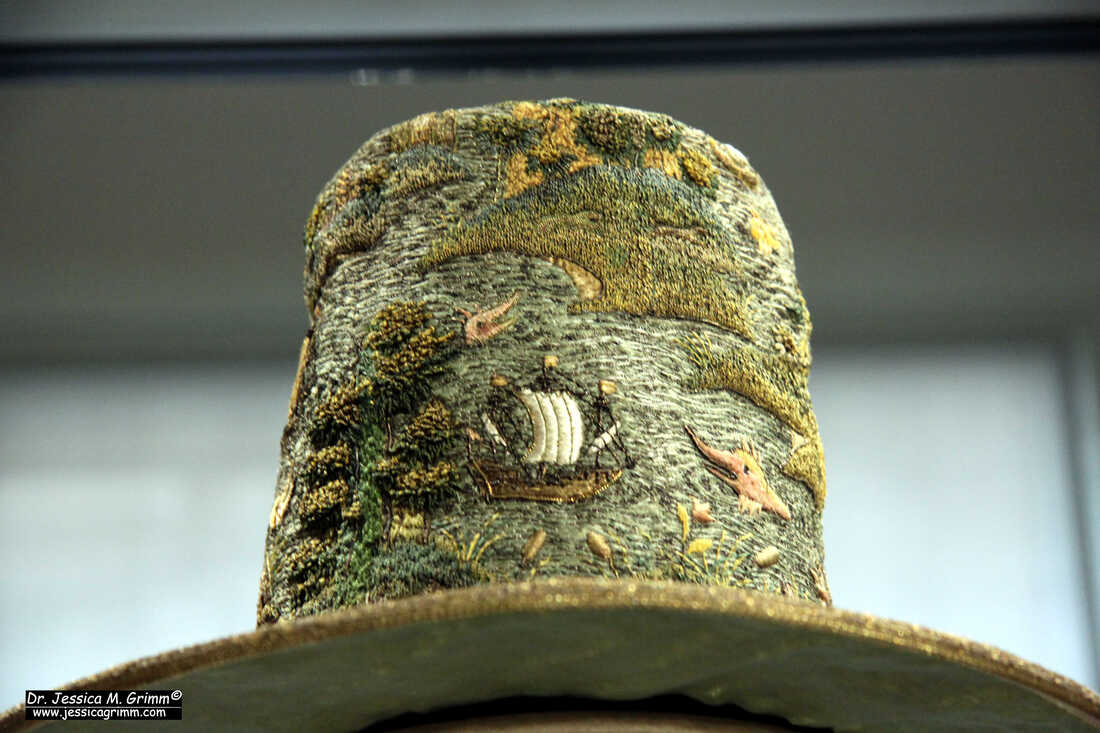





 RSS Feed
RSS Feed